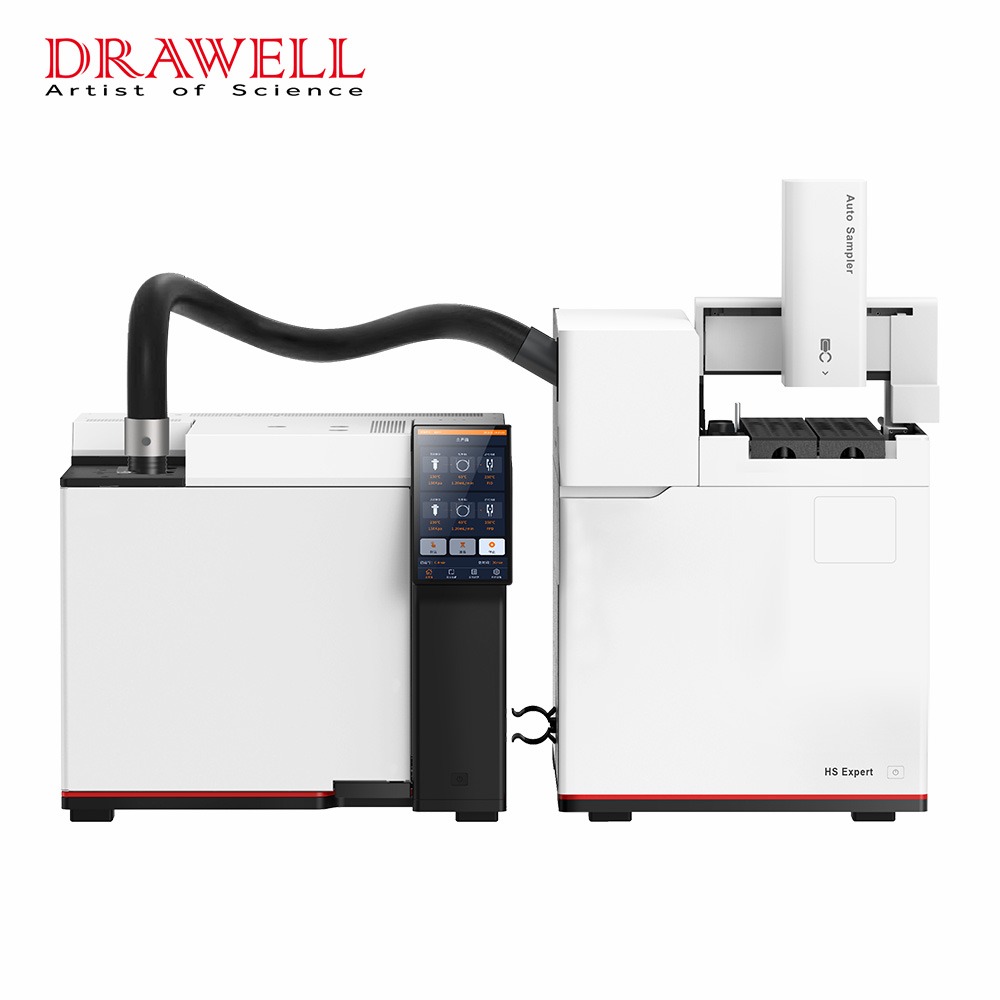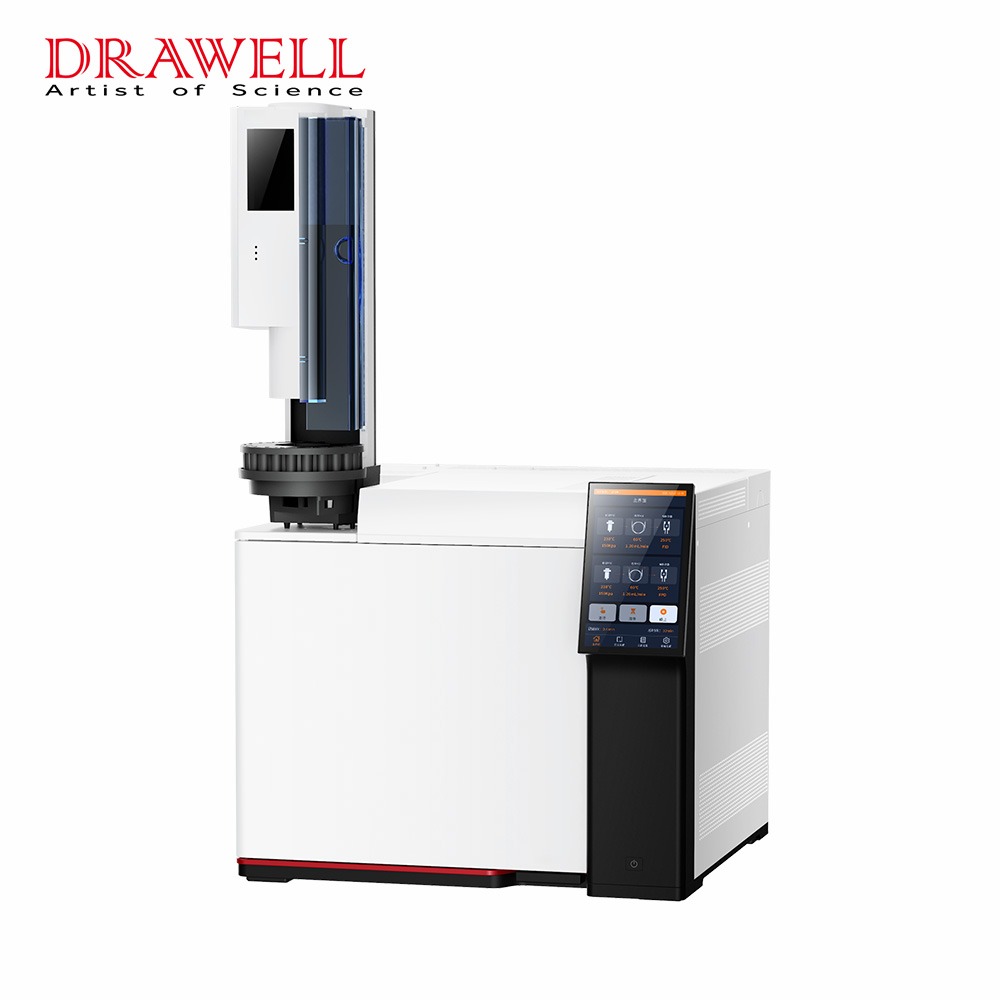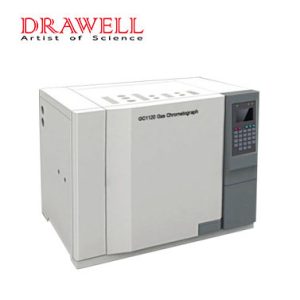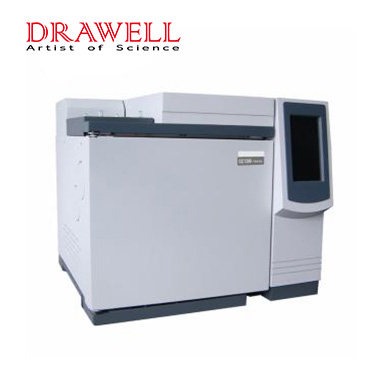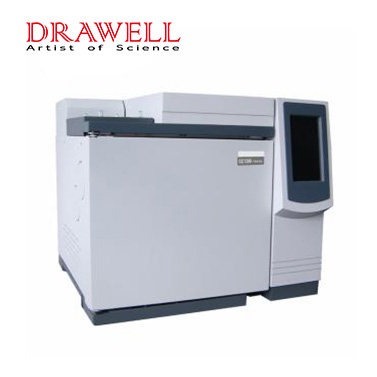
1. Gas chromatography analysis of natural gas constants
The thermal conductivity detector is selected, which is suitable for constant analysis of O2, N2, CH4, CO2, C2H6, C3H8, i-C40, n-C40, i-C50, n-C50, and other components of natural gas used in urban gas.
2. Analysis of artificial gas
The thermal conductivity detector, double-valve multi-column system, and automatic or manual sample injection are suitable for the determination of main components such as H2, O2, N2, CO2, CH4, C2H4, C2H6, C3H6 in artificial gas.
3. Gas chromatography analysis of LPG
- Select thermal conductivity detector, packed column system, valve automatic or manual switching, and equipped with the backflushing system, suitable for analysis of C2-C4 and total C5 hydrocarbons in LPG produced by refineries (not including diolefins and alkynes).
- Select thermal conductivity detector, packed column system, valve automatic or manual switching, and equipped with the backflushing system, which is suitable for the analysis of gaseous hydrocarbon components below C5 in liquefied petroleum gas (excluding alkynes).
4. Gas chromatography analysis of refinery gas
The thermal conductivity and hydrogen flame ionization detectors are selected, the packed column and capillary column are separated, and the multi-valve automatic switching and signal automatic switching can realize one-time sample injection, multi-dimensional chromatographic analysis, and rapid analysis of H2, O2, N2, CO2, CO, C10 -C60, C2-C4 and hydrocarbons above C6 and other components. The analysis results have good repeatability and convenient operation, which can be compared with foreign imported instruments.
5. Gas chromatography analysis of benzene and toluene in vehicle and aviation gasoline
The thermal conductivity detector or the hydrogen flame ionization detector is selected, the double columns are connected in series, the valve is automatically switched, and a backflushing system is equipped to realize the qualitative and quantitative analysis of benzene and toluene in gasoline in one sample injection.
6. Gas chromatography analysis of some alcohols and ethers in gasoline
Using a hydrogen flame ionization detector, multi-column system, automatic switching and backflushing of the ten-way valve, and one-time direct injection to analyze some alcohols and ethers in gasoline. It is especially suitable for the analysis of alcohols and ethers in automotive and aviation gasoline and gasoline containing ethanol.
7. Gas chromatographic analysis of hygienic standards for distilled wine and prepared wine
Using a hydrogen flame ionization detector, GDX-102 packed column or FFAP large-diameter capillary column, external standard method (peak area) quantification, the methanol and fusel oil in liquor were analyzed.

8. Food Alcohol
The detection of methanol, fusel oil, and other trace components in high-quality edible alcohol was completed by using PEG-20M capillary column, FID detector, and standard internal method.
9. Analysis of aldehydes, alcohols, and esters in liquor
Using a hydrogen flame ionization detector, 20% DNP+7% Tween-80, or large-diameter ¢0.53mm special capillary column, the main alcohols, aldehydes, acids and esters in Luzhou-flavor liquor and Qing-flavor liquor are completed. Analysis of components. In addition to improving the analysis efficiency, the use of capillary columns can also detect organic acids, which provides more valuable information for complex brewing and fermentation processes.
10. Detection of residual solvents in vegetable oils
The residual amount of No. 6 solvent in the leaching oil can be determined according to the national standard headspace gas chromatography. Using a hydrogen flame ionization detector, a packed column coated with 5% DEGS fixed solution was used, and the standard curve of the external standard method was used for quantification. DJ-200 headspace sampler can also be used (6 headspace bottles can be placed, headspace bottle specifications: 2, 10, 20ml optional). The use of the headspace sampler ensures the reliability of the analysis and improves the analysis efficiency, and the heatable gas-tight needle cover ensures that the sample is free of dilution and condensation.
11. Indoor air detection and analysis
The hydrogen flame ionization detector is selected, equipped with a thermal desorption sampler, packed column, or capillary column, and a special chromatographic column is selected according to the national standard GB/50325-2001 to complete the analysis of benzene, toluene, xylene, and total volatilization in indoor air. Detection of Sexual Organic Compounds (TVOCs). Using derivatization gas chromatography, derivatized with 2.4-dinitrophenylhydrazine, extracted with cyclohexane, separated with OV-17 and QF-1 mixed-coated chromatographic column, and determined formaldehyde in indoor air with electron capture detector (ECD), Compared with the colorimetric determination of formaldehyde, it has the advantages of sensitivity, accuracy, no interference, and easy preservation of reagents.
12. Gas chromatographic analysis of transformer oil cracking products
Adopt hydrogen flame ionization detector and thermal conductivity detector, Ni catalytic converter, automatic switching of the six-way valve, no secondary split system, so that it can automatically analyze transformer oil cracking products (8 kinds of gas components) in one injection, quantitative accuracy, high sensitivity. Microcomputer control can realize automatic switching of FID/TCD output signal.
The sampling method of oscillating degassing can be selected, or the outsourced automatic headspace sampler can be used for automatic sampling.
13. Gas Chromatography Analysis of food additives and pesticide residues in food
Different types of detectors and chromatographic columns can be used to complete the detection of sorbic acid and benzoic acid in food, organophosphorus pesticide residues, and food residues. carbamate pesticide residues in food, pyrethroid pesticide residues in food, used in plant foods and animal food. Gas chromatography of polychlorinated biphenyls in seafood. The test of chloropropanol in food can be determined by using trichloroacetic anhydride derivatization combined with an electron capture detector (ECD).
14. Testing and analysis of tobacco and tobacco products
Using TCD, FID and special chromatographic columns can complete the detection of moisture and nicotine content in the total particulate phase of flue gas. The method is a fast, accurate and advanced test method widely used in the world. Determination of pesticide residues in tobacco and tobacco products such as organochlorine, organophosphorus, pyrethroid, etc. can be completed by using ECD, FPD, and NPD detectors with different capillary columns.
15. Others
In addition to the above analysis, with the static headspace sampling device, the determination of ethanol content in blood and the analysis of residual solvents in medicines can be completed. Odor analysis in food can be achieved using solid-phase microextraction devices and headspace technology. The analysis of volatile aromatic hydrocarbons in wastewater and the analysis of volatile organic compounds in drinking water are realized by using the purge-and-trap sampling technology. Chromatographic analysis for simultaneous determination of multiple pesticide residues in environmental water by PTV-GC/ECD and NPD.

